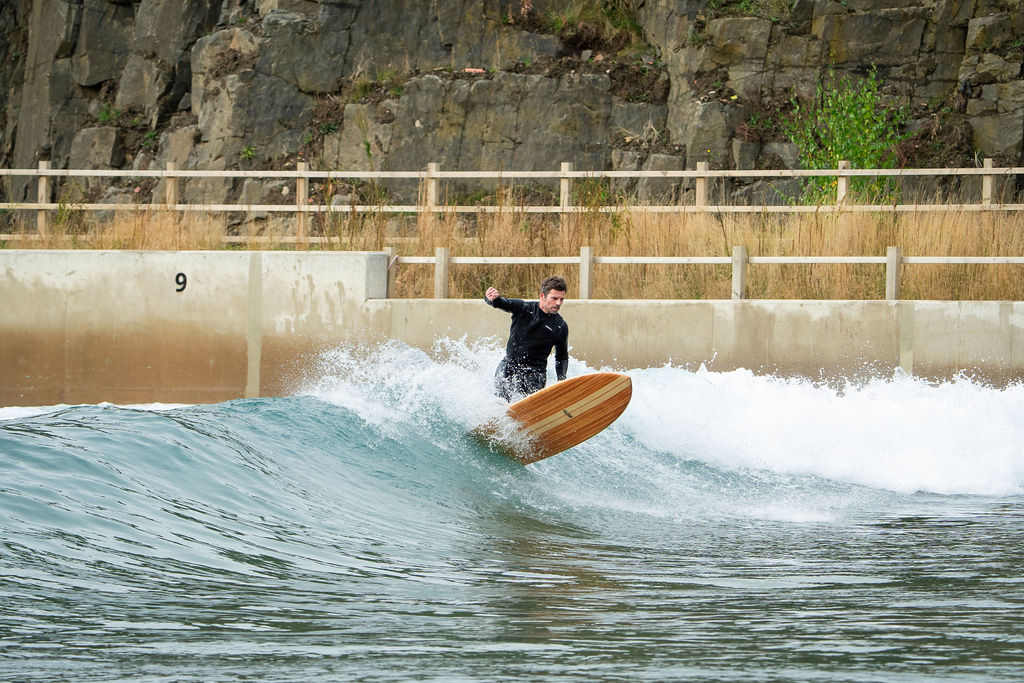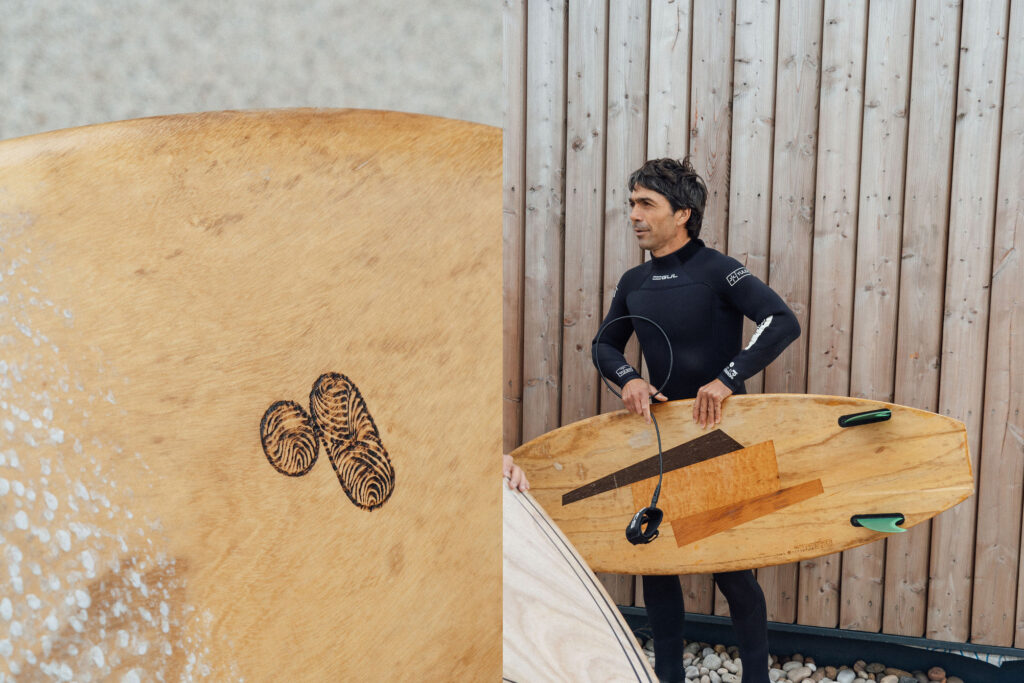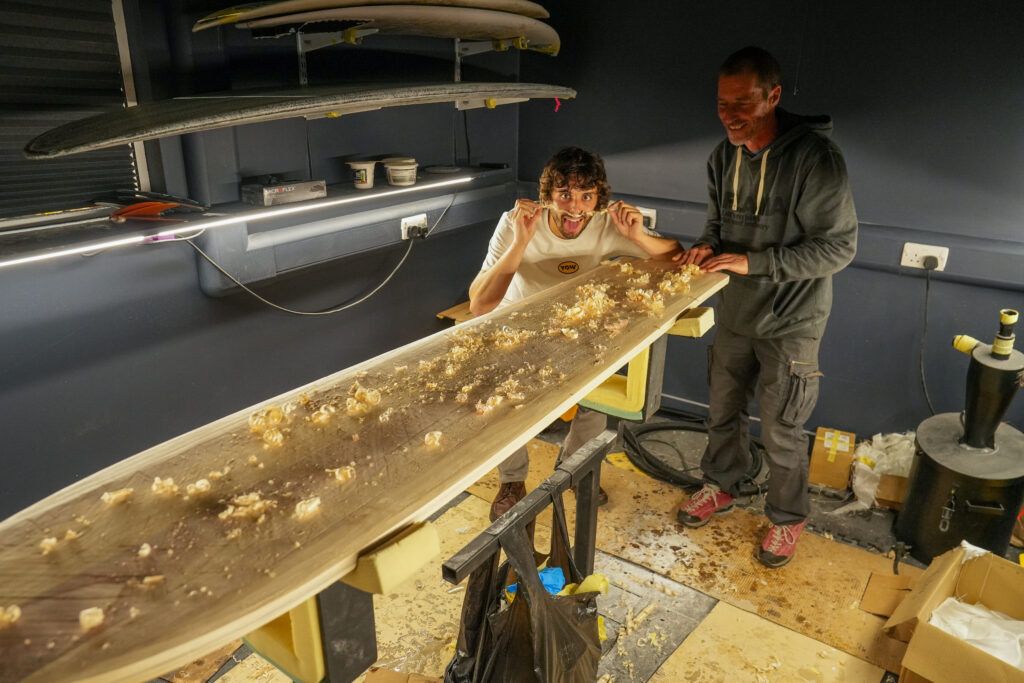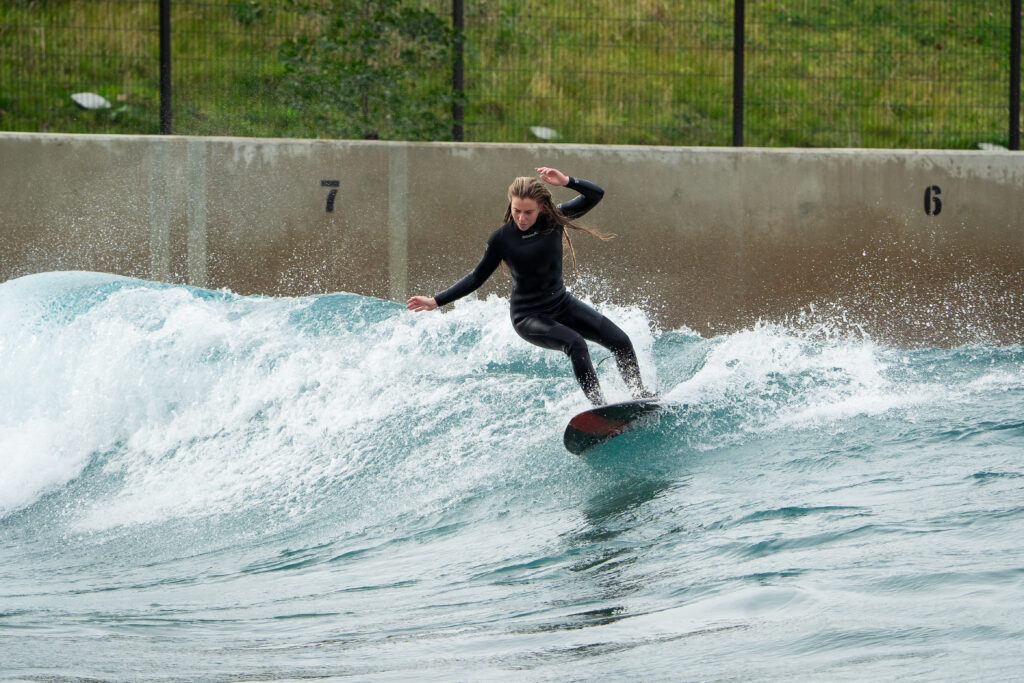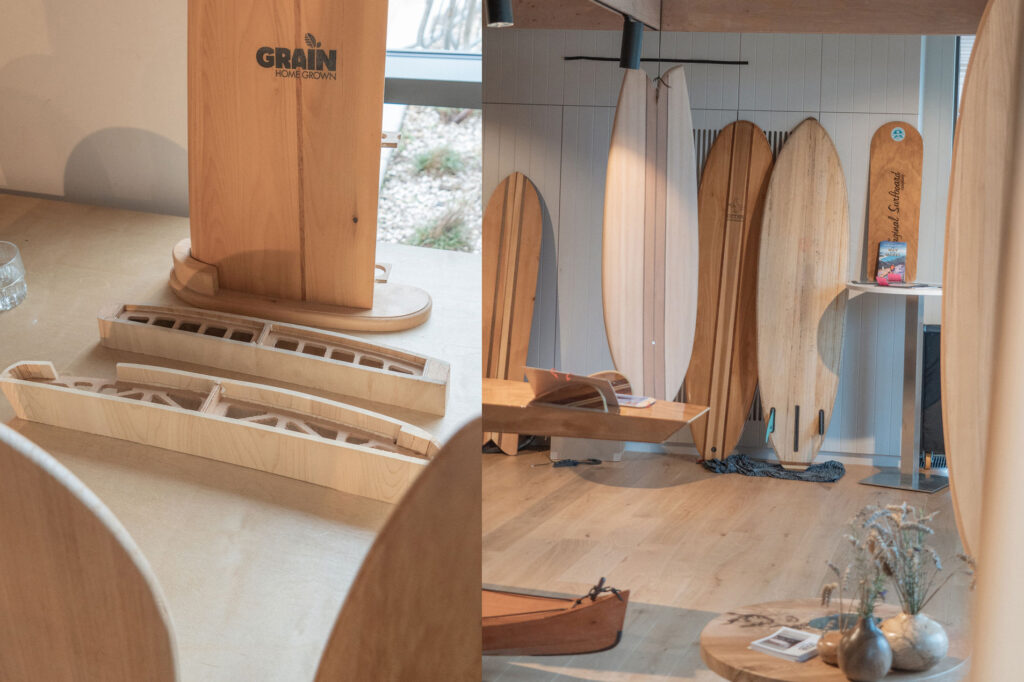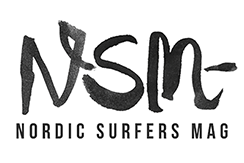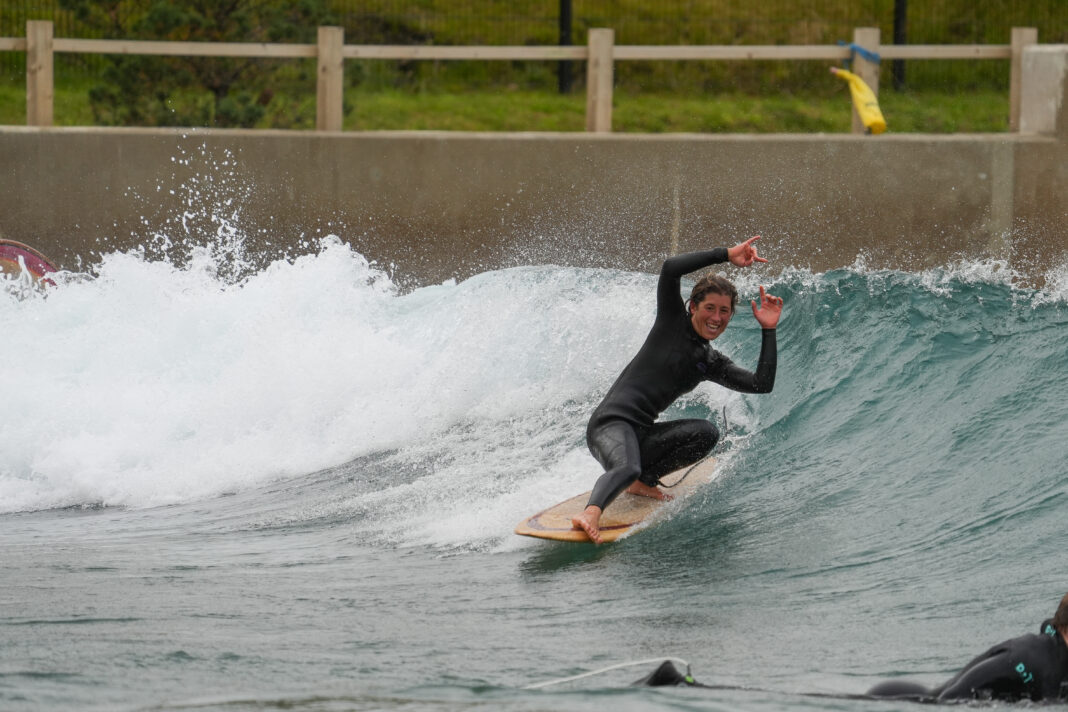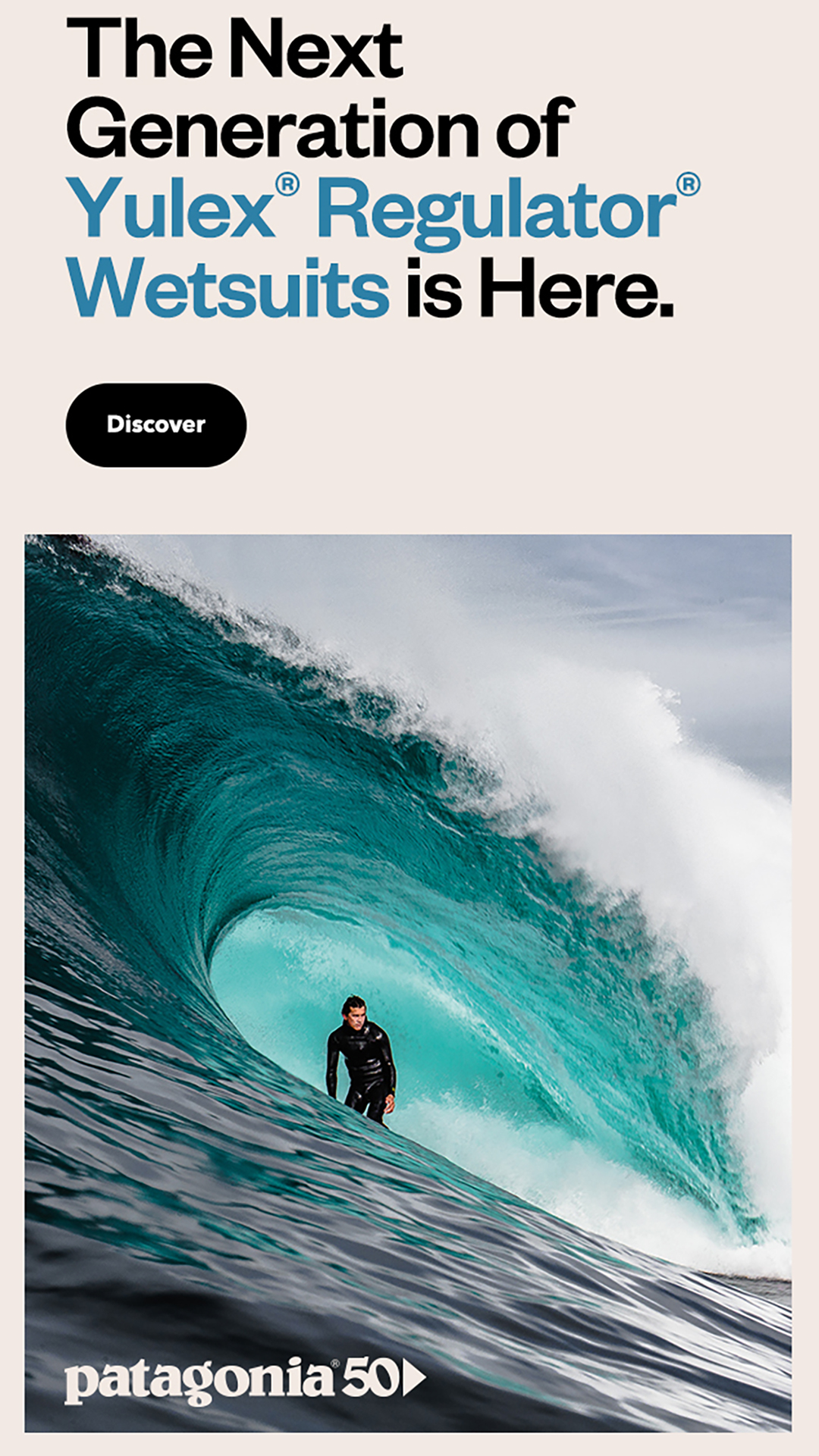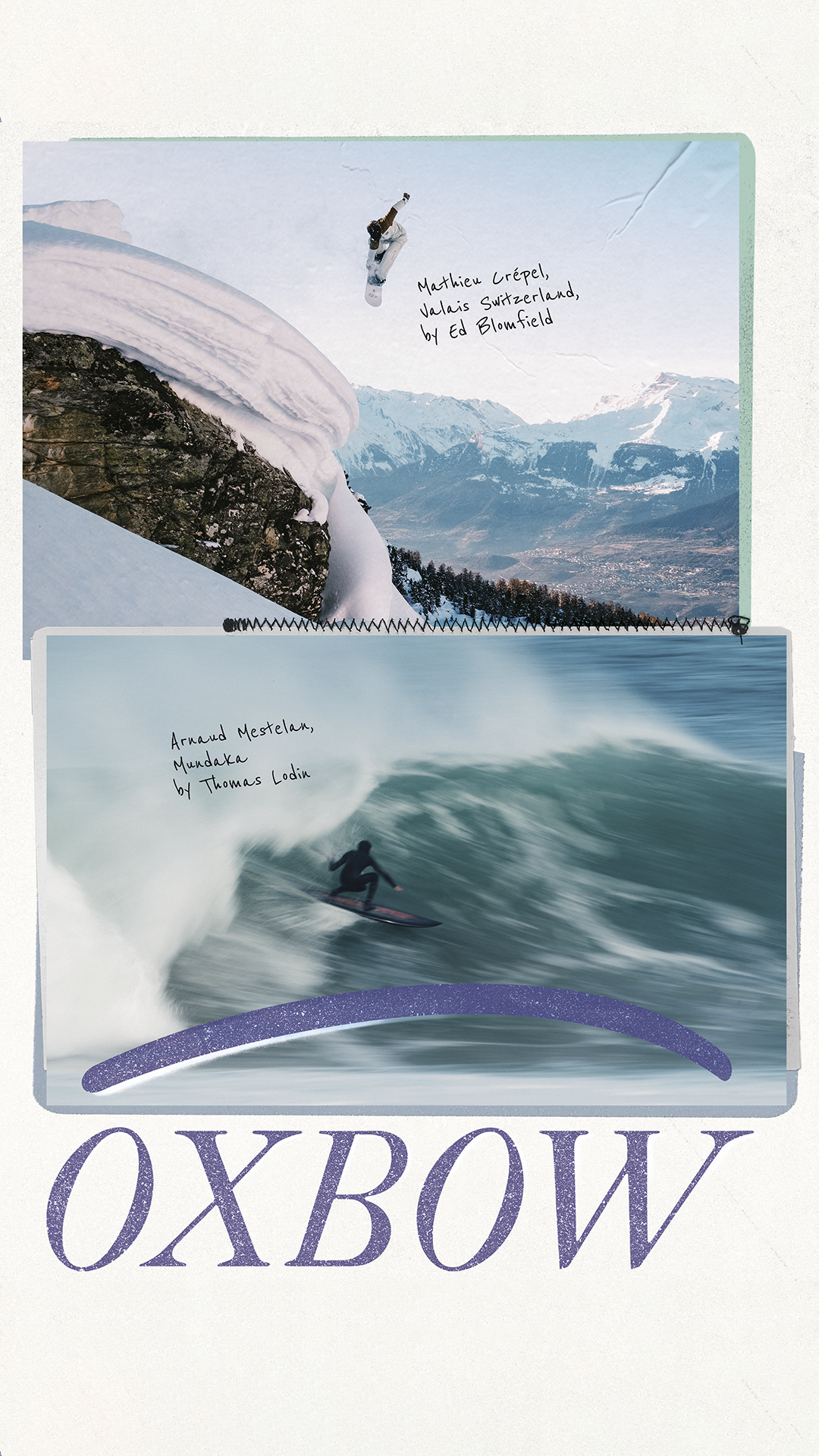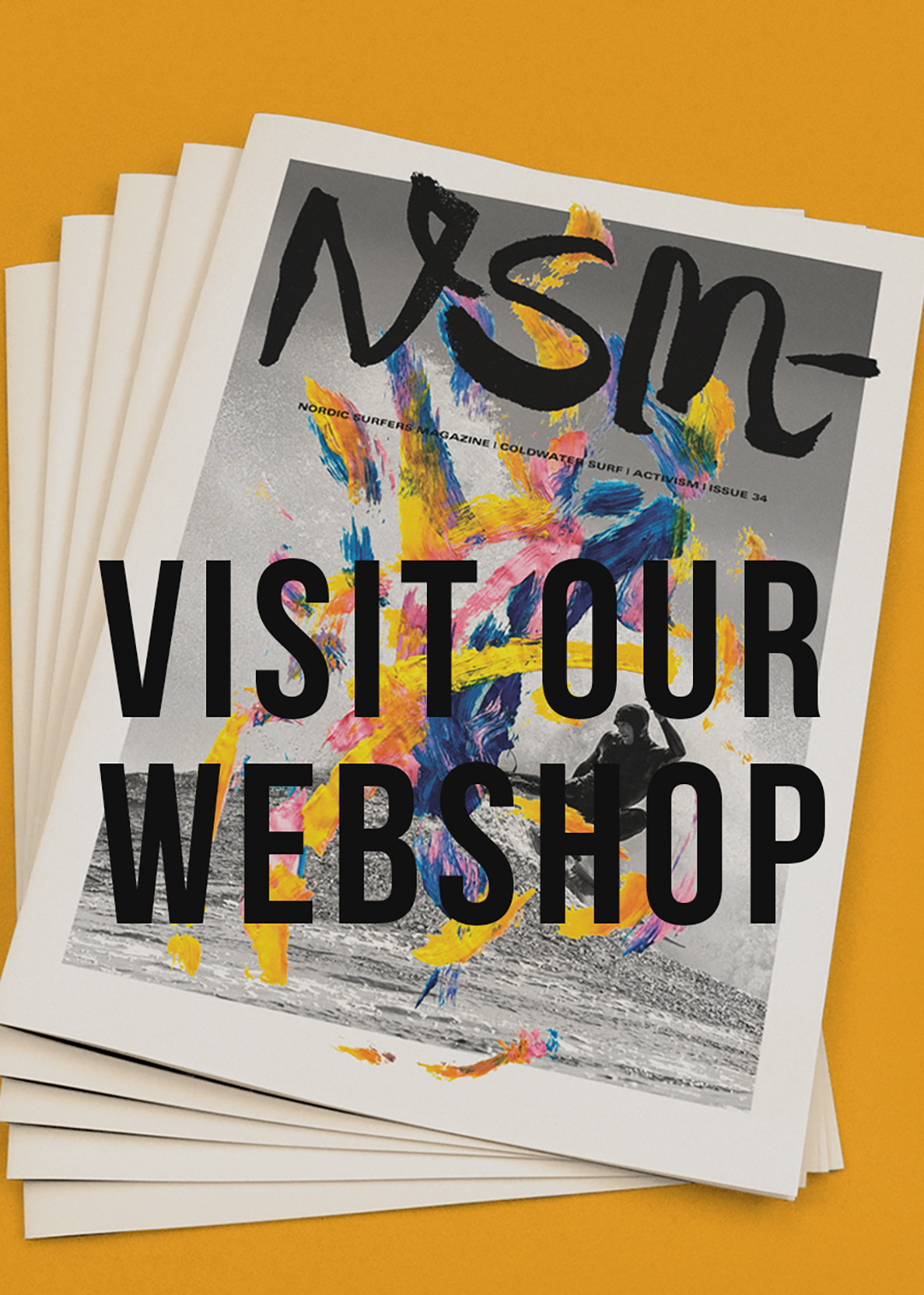Whenever I think about surfboard makers, my mind always wanders to Breaking Bad and meth cooks. I think the parallel is in the mathematics of it all, following a certain rhythm and recipe to cook up something ‘nice’.
When it comes to meth, you have crusty cooks who solely work with drain cleaners, and—on the other end of the spectrum—you have cancerous goateed ones who hold PhDs in the matter. They both are nerds though—there are just different levels to it and I think the same goes for surfboard makers.
Now, I’ve seen plenty of boards being made, but never have I witnessed the process of making a wooden one, nor have I ever surfed one. However, in my dome, wooden surfboard makers definitely belong to that latter group—the super nerds, the Walter Whites.
My prejudice was confirmed when I received several DMs and a lush report on the 5th edition of the European Wooden Surfboard Meet of 2025—a non-competitive and non-commercial event that happened the first weekend of October. The EWSM aims to gather environmentally conscious surf craft makers in Europe to share knowledge, ideas, and designs about how to make surfboards more sustainably.
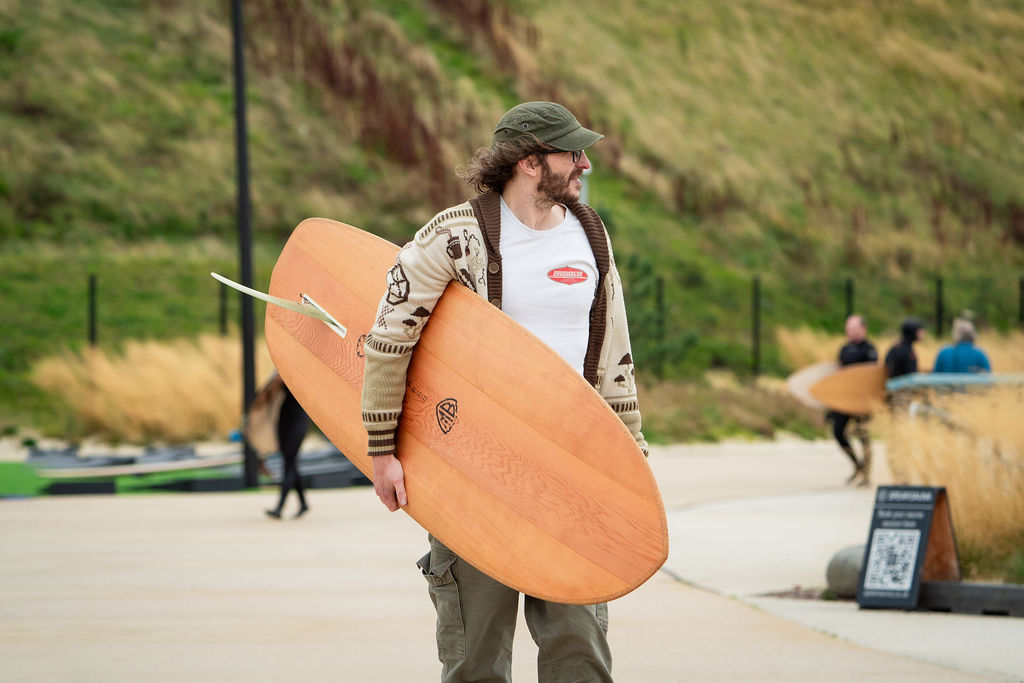
Parts of that report, written by the EWSM team, I want to share with you today:
The European Wooden Surfboard Meet was first organised in 2017 by Sergi Galanó from Flama Surfboards who, after attending the Wooden Day in Australia, wanted to bring something similar to Europe, where a significant community of wooden surf craft makers exists.
After being organised on the Spanish north coast for a number of years, the 2025 edition came to the Lost Shore Surf Resort in Scotland. It was the first time that the event happened at a wave pool. Although this could be seen as a contradictory move, Sergi, Job (from Jabalí Surfboards) and Alejandro (of Marshall Handplanes), the event organisers, wanted to create a paradox to bring more attention and relevance to what the European Wooden Surfboard Meet aims to achieve.
In their words, they wanted to see if the latest paradigm shift—wave pools—was an opportunity to rethink surfing. To review and reflect on what we’ve been doing for the last 100 years, both as surfers and as an industry, and how all of this fits into the climate and social challenges of the 21st century.
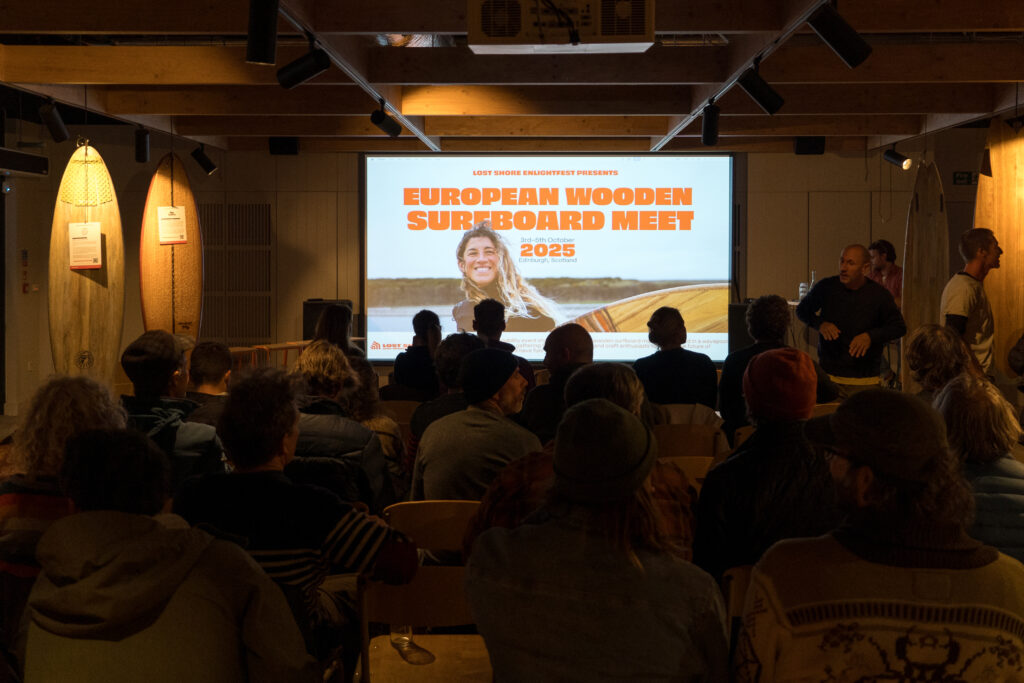
With around 30 surfboard makers (from several European countries and the US) and 82 wooden surf craft gathered for the weekend—the biggest edition so far for the European meet—the outcome of the event proved that wave pools can be a melting pot of ideas and a catalyst for change in the surfing industry. Never before in the history of the European Wooden Surfboard Meet had makers had the opportunity to spend a whole weekend together not only sharing knowledge but also testing surf crafts in consistent perfect surfing conditions. The event also had the privilege to welcome Mike LaVecchia, a Maine-based maker and industry icon who has been leading the wooden surf craft revolution for more than two decades.
Andrea Molina, Oxbow-sponsored rider and long-time wooden surfboard advocate, was able to express her experience during the European Wooden Surfboard Meet:
“I have a hangover, and I haven’t slept because our flight left Edinburgh at 5am. My psoas muscle is sore from surfing so much, from trying new moves in the waves. My heart is overflowing with the most important thing: LOVE. For surfing, for the people who surf and/or shape boards just for the love of the art itself. This weekend has been a return to the origins of surfing: getting together, celebrating the miracle of the waves, sharing ideas, knowledge, passions, adventures… How curious that it has to be a wave pool that generates this togetherness. And that in the sea we lose our way and are guided by our ego and the desire to catch as many waves as possible. Surfing is a dance, requiring an open mind and a flexible body. Let’s get back to that!”
A wooden surf craft exhibition was set up, films were screened, inspiring talks took place, and, for the first time in history, the wave pool was filled to its maximum capacity exclusively with wooden surf craft during the Wooden Hour Sessions on Saturday and Sunday. The event also offered other activities inspired by wood; a flamenco concert and class—where music is created with wooden instruments—a painting workshop and a live painting exhibition—both on wooden canvases—which made the event very enjoyable and accessible for hardcore surfers and the general public alike. There also was a throwback to the past: an Alaia—the traditional Hawaiian surfboard—was shaped during the event, bringing all the makers together in a collaborative process.
One of the event’s surprise highlights was turning professional surfer and Portuguese Vasco Ribeiro—in his words—into a “wood surfer” after testing a couple of wooden shortboards. Vasco joined one of the two Wooden Surf Sessions, and this was his feedback:
“Let me tell you something; I think I’m going to retire from PU surfing and I’m going to become a wood surfer. This was amazing, I have to say I am very surprised, I was not expecting this. I am happy. Happy to share the waves with so many guys and everyone so… stoked!”
If the report didn’t convince you, the pics might help. It seemed like a wonderfully nerdy core community event, or as Job told me: “A group of wood nerds, a pile of boards, and a bit of beer. Then, the party starts.”
I did have some questions, mostly about the boards, so I turned to one of the organizers, Job from Jabalí Surfboards, to get some intel:
Ron: There’s many different ways of making wooden boards, right? What is the general construction most wood shapers work with these days?
Job: These days, you usually see two methods. One is hollow-constructions, that’s what I do, and others are EPS-core constructions as introduced by Grant Newby like Firewire’s Timbertek Technology, Flama, or Verdure. With those constructions, there’s layers of wooden or cork veneer on deck, bottom, and rails over an EPS core, making them still light and perform similar to surfboards you’re used to. The woods generally used in either method are Balsa, Paulownia, or even Cedar. Lamination-wise, you see more and more people working with linen instead of fibreglass. I think this really is the next frontier in making boards more sustainable.
R: How much time does it take to make a wooden surfboard from A to Z? How does it compare to PU or EPS time and work-wise?
J: There’s a lot of preparation and waiting involved. Therefore, I usually work on two boards at the same time. In total, it takes me about 6 to 8 weeks to finish a board. Just the prepping and gluing of little wooden slats takes me a day or more. It’s a totally different process besides designing the shape and the lamination process. With those EPS core constructions, the process is faster though.
R: Even with hollow ones, the weight must be substantial, right? How do you prep a board like that for flying? Or did you guys all drive out there?
J: This was one of the biggest battles we had to face as wooden surfboard makers—convincing surfers that wooden boards aren’t necessarily heavier than your regular board. Because everyone wanted to go lighter and lighter, the general consensus was to steer away from wood. These days, we get as close to—or sometimes even lighter than—the weight of your average PU or EPS board, including shortboards. Because of this, flying with a wooden board isn’t that much of an issue, weight-wise. Wood is also sturdier so it can take more of a beating, but still they can ding if you hit a rock or bang them on a door frame. Most of the people who showed up on the weekend flew with a board or two, even with Ryanair, so I guess that answers your question.
R: Speaking about hollow boards, how does that work with those plugs exactly? I know someone who completely ruined a wooden board by not closing the plugs before paddling out.
J: There are two options here. You can go for a plug similar to the one you find on inflatable SUPs or simply use a screw—which is what I use. When you go out, you close the screw and when you are back on land, you unscrew it. Now, if you forget to do that, it sucks, but it doesn’t mean your board is ruined. In my boards, I laminate the inside as well. The parts that I can’t laminate I use a finish on. So, even if it gets wet, you can let it dry and you can still surf your wooden board.
R: Why wood? What’s so nice about it besides being more sustainable? How does it surf?
J: Well, it’s really not that much different from riding a regular board. Hollow boards tend to be on the stiff end of the spectrum, regardless of the size. Getting different types of flexes in wooden boards is my obsession for the upcoming 5 years. Because these aren’t boards that you build in a day, a different type of soul pours into it when working on it. Besides that, it’s also fun to show the big finger to the major surfboard brands out there today. Even though we know we won’t ever take over this entire market, establishing a niche corner and showing younger generations that you can still rip on wood seems like a great goal.
R: Like a one-wooden-board-in-every-quiver type of mission?
J: Ha, I’m writing that one down!
R: What did you like best from this edition?
J: Personally, being able to have a chat with Maine-based wooden surfboard maker Mike LaVecchia. He’s truly such a master at what he does, but still very humble, friendly, and pragmatic. Getting some insights into how he does things, from business to how he started out was very inspiring. In general, getting inspired by others while looking at their boards and talking to them was the most fun. I left the weekend with two or three ideas that I’m dying to try out. The nice thing is that it’s a small community without big secrets. Everyone is super open and keen to nerd out together.
R: Are there plans for a next edition? What can we expect?
J: Ironically we’re still called the European Wooden Surfboard Meet, but our aim is to go more global. This year, we already had some welcome visitors outside of Europe, but as we’re just a small team, budgets are tight and flying people in is costly. Yes, we’re looking at sponsoring, but aren’t fully there yet. Step by step. More geeking out, that’s for sure.
By Ronald de Leeuw
NORDIC SURFERS MAGAZINE
ALL PHOTOS by Alex Jeynes & Edu Bartolome
